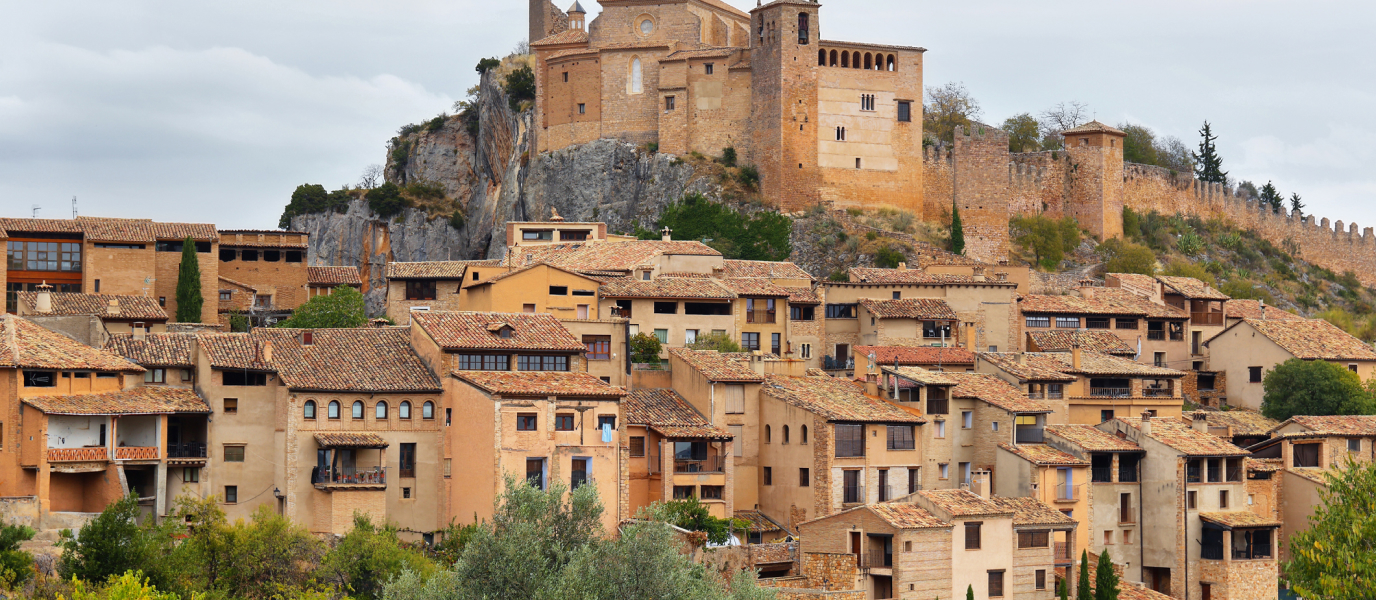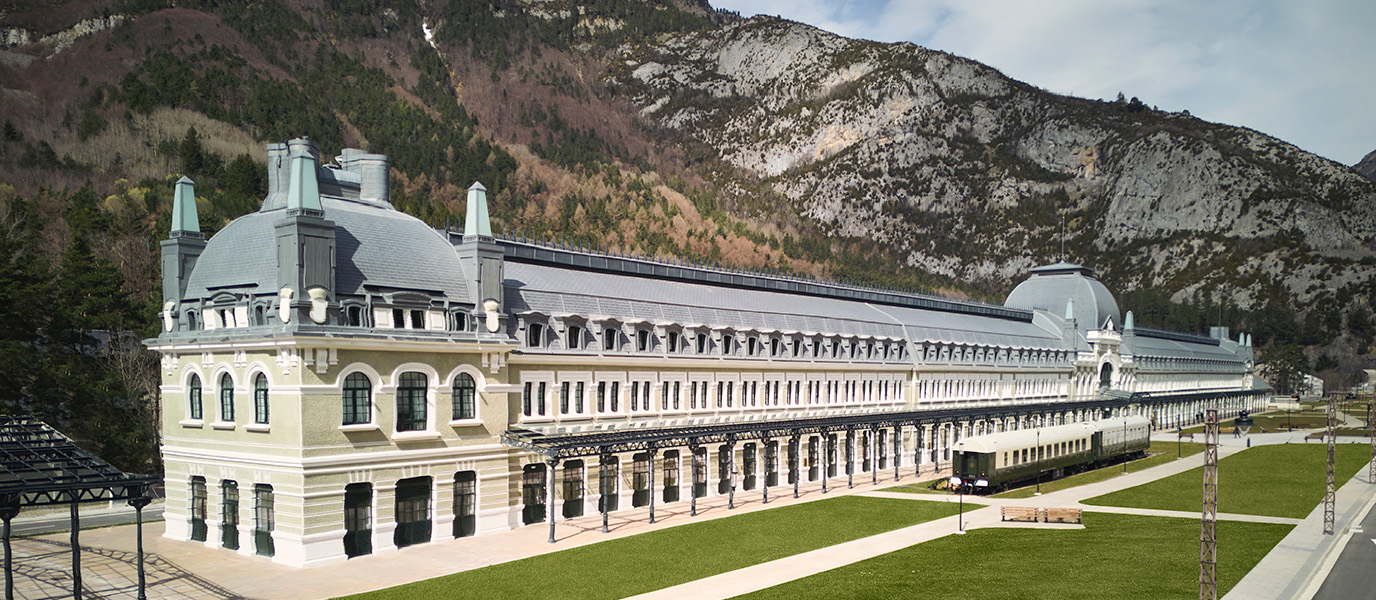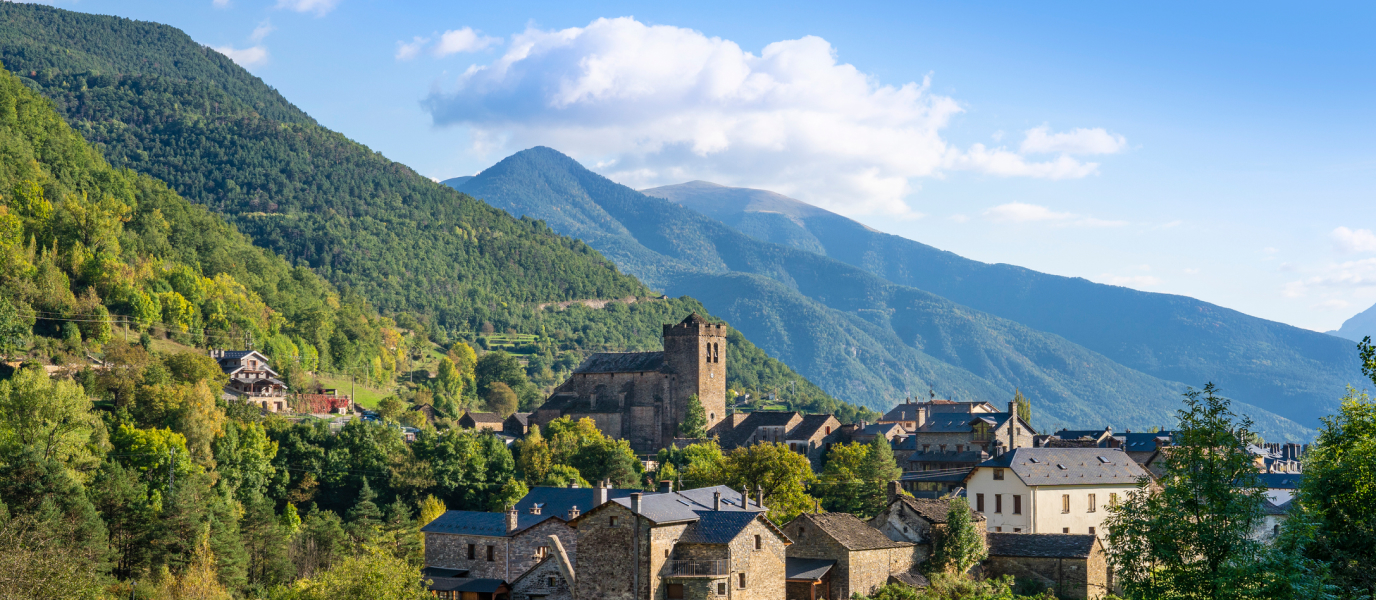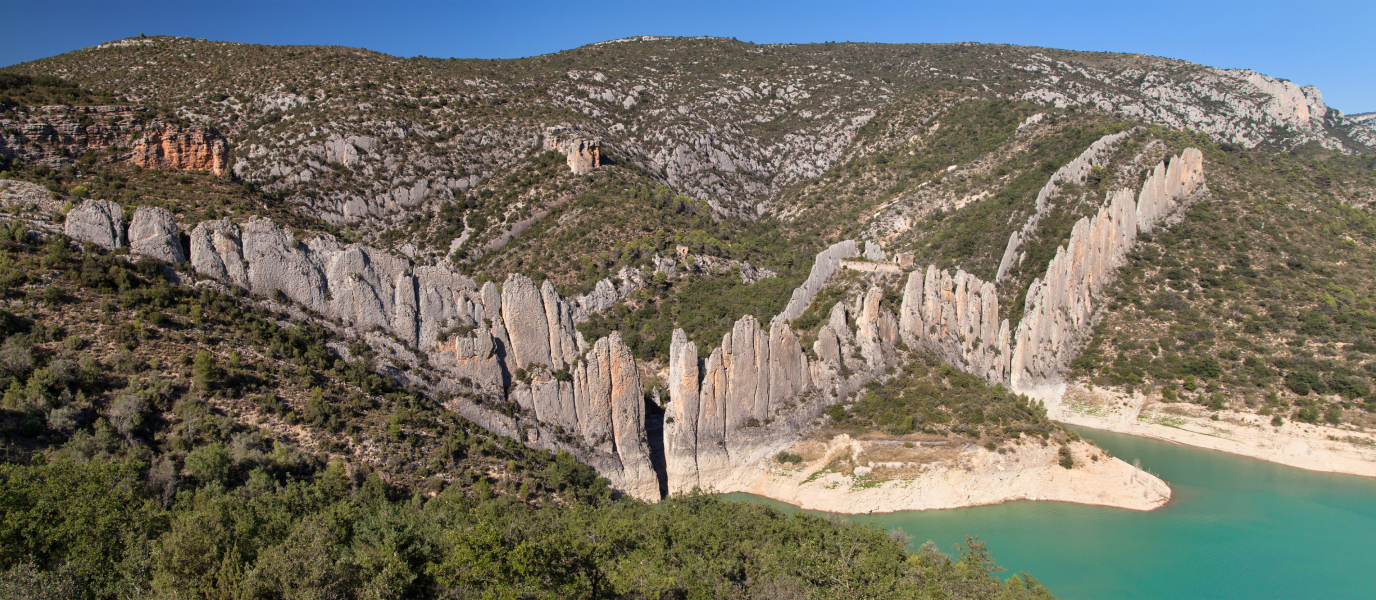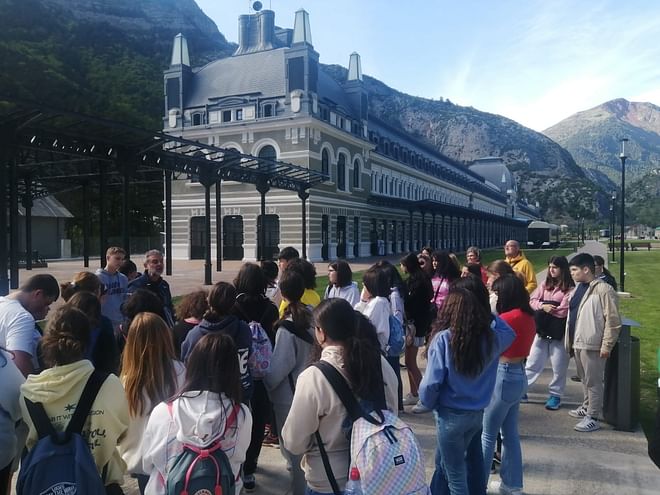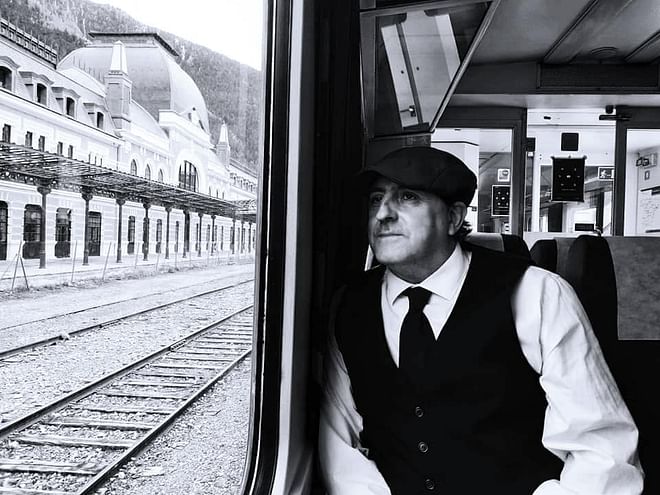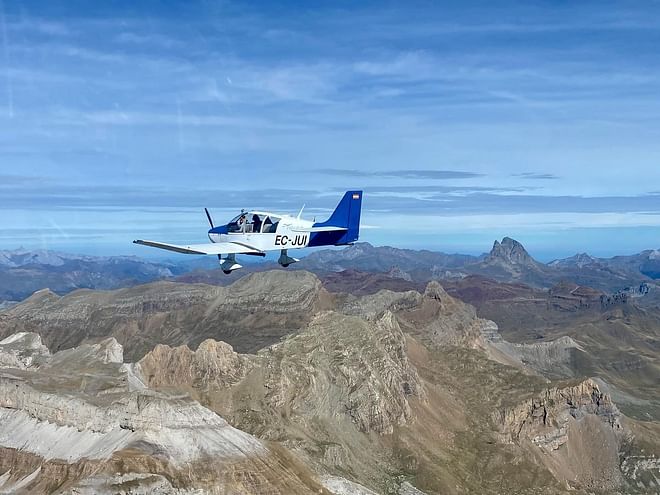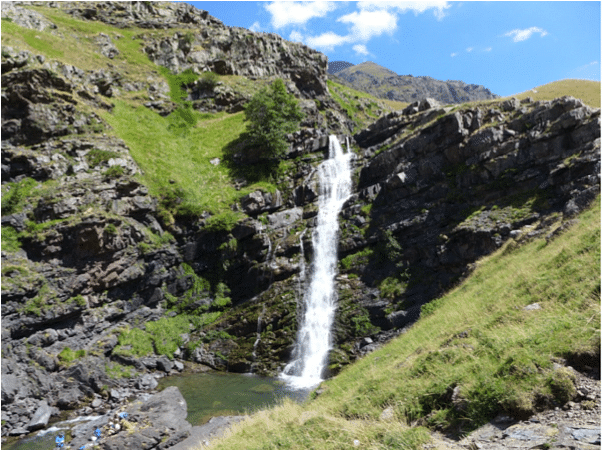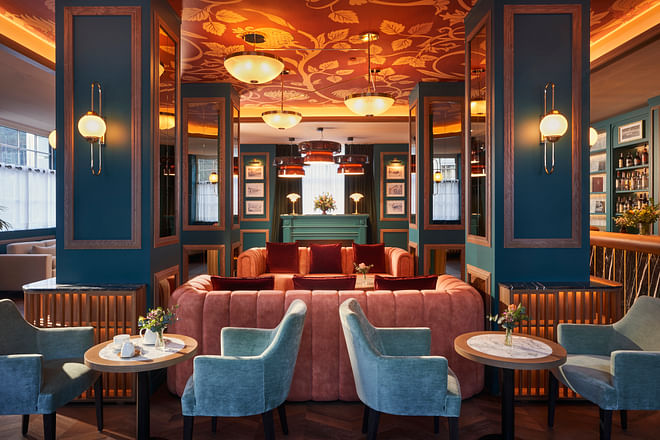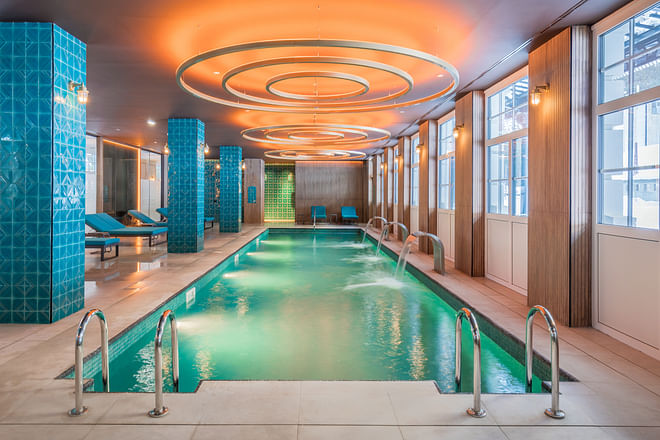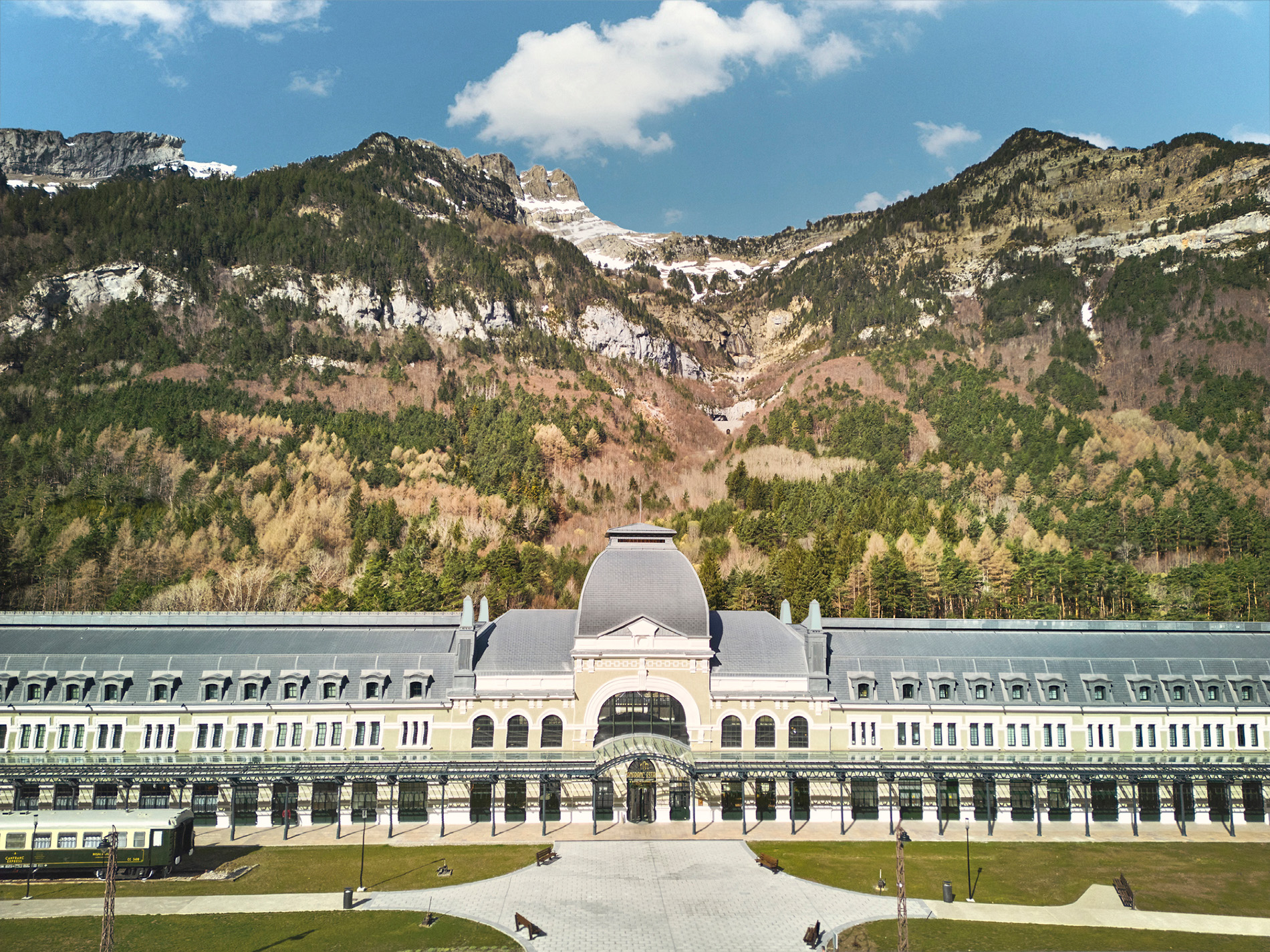Huesca province (internal link: guide to Huesca) is well-known for having some of the most beautiful villages and landscapes in the Pyrenees, as well as famous ski resorts. However, Huesca city is often forgotten by visitors who go straight past it on their way to the mountains. What’s hidden in the provincial capital of Huesca? What can we see in Huesca city? This article reveals the essential places to visit in Huesca and several recommendations for eating in the “Gateway to the Pyrenees”
The city sits atop a small hill surrounded by Hoya de Huesca, a large depression that heralds the Pre-Pyrenees. Settlements have been discovered here that date from prehistoric times, such as the Celtiberian city of Bolksan. It began as a small, populated area and grew during Roman (Osca) and Moorish (Wasqa) times until it was consolidated as the Kingdom of Aragón.
Pasear y descubrir Huesca es una agradable experiencia. Su centro y su casco histórico ofrecen tranquilidad y armonía para un día de disfrute, sin olvidarse de algunos puntos de interés que conviene conocer:
Places of interest in Huesca
Strolling around and discovering Huesca is an utter delight and its peaceful centre and old town offer visitors a great day out. Don’t forget to stop off at the following points of interest:
Huesca cathedral
The cathedral of Santa María de Huesca (internal link) is the best-known monument in the city. This Gothic temple was built between the 13th and 14th centuries on the orders of Jaime I ‘the Conqueror’. Highlights include its pinnacle-topped façade and the high altar, the cathedral’s most valuable feature with a Renaissance altarpiece sculptured in alabaster by Damián Forment. A masterpiece.
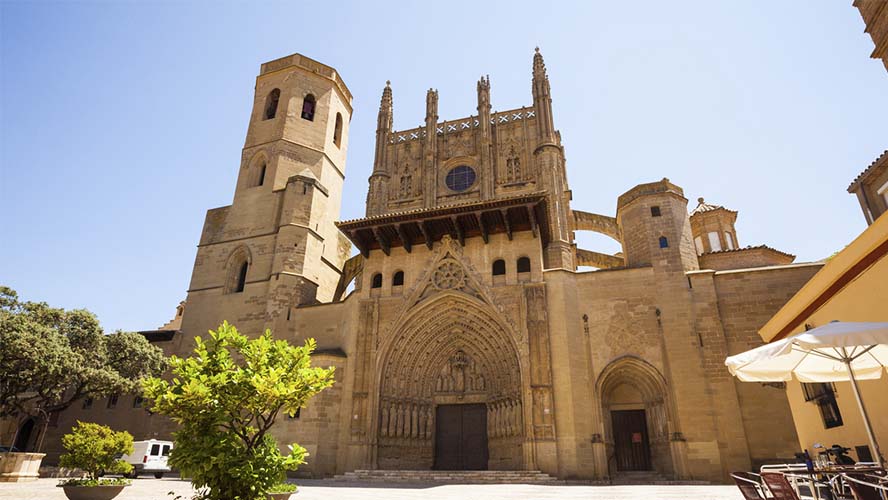
Diocesan Museum
The cathedral cloister and Episcopal Palace house the current Diocesan Museum, which contains a large part of the sacred art belonging to the cathedral and other parishes in the diocese of Huesca. It has important pieces of silver work, codices and medieval sculptures. Visiting the Diocesan Museum also gives you the chance to discover the cathedral’s two cloisters: the Romanesque cloister and the Papa Luna cloister.
Huesca wall
Huesca was a fortified city from Roman times onwards. Its defences were expanded in Moorish times as the city grew; new walls were built with a two-kilometre perimeter, 99 towers and seven gates. Today only a few stretches remain between San Miguel bridge and the bullring, Septríon tower and a single gate, La Porteta. Huesca wall has been an Asset of Cultural Interest since 2006.
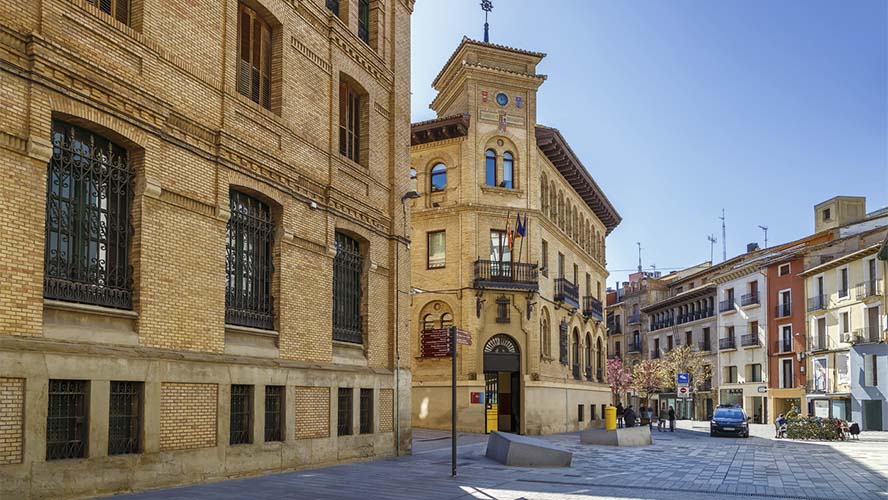
Convent of San Miguel
Another essential part of Huesca’s religious heritage. The convent of San Miguel, known as “las Miguelas”, is a beautiful example of the Romanesque set on the banks of the Isuela River, on the way out of the city. It was founded by Alfonso I in 1110 and has impressive Baroque altarpieces and a nave that is a long as it is wide. It also has an eye-catching eight diaphragm arches that support a wooden roof.
Plaza Luis López Allué
Peaceful Plaza Luis López Allué is the main square in the city’s old town. Pedestrianised and rectangular in shape, it’s surrounded by buildings with columns on each of its four sides, giving it a uniform style and sense of symmetry. It’s still known as the market square because the market was held here until 1976. It’s also home to famous La Confianza corner shop, the oldest in Spain. The square’s current name pays tribute to Luis María López Allué, a writer, journalist and judge who was born in Barluenga (Huesca). He became mayor of Huesca for a few months in 1894 and was also director of El Diario de Huesca.
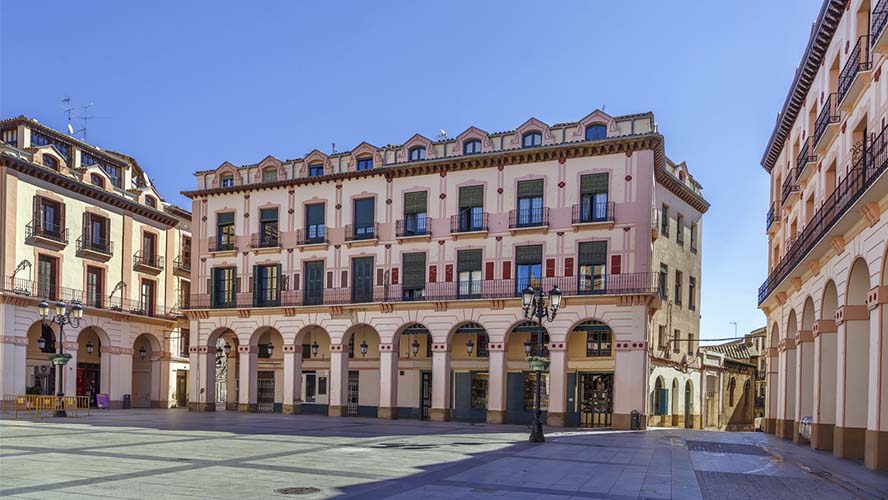
Monastery and church of San Pedro el Viejo
A further religious monument in Huesca is the Romanesque monastery of San Pedro el Viejo which was built in the 12th century and is a National Monument. It contains the tombs of Aragonese kings Alfonso ‘the Battler’ and Ramiro II ‘the Monk’. It was built on top of an old Visigoth temple dedicated to San Pedro. The cloister is an essential stop if you’re interested in the Aragonese Romanesque and has some fascinating capitals.
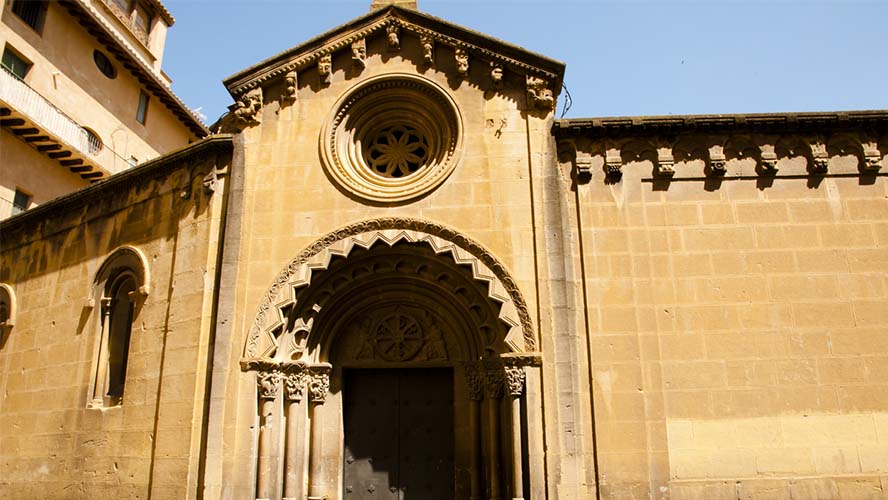
Huesca Casino
Huesca also has traces of Modernist architecture. The Círculo Oscence building, known as the Casino de Huesca, has an early 20th century Modernist aesthetic, and was built on the impetus of local merchants who were looking for something new and were inspired by Gaudí and Doménech. It was designed by Ildefonso Bonells and is the first Modernist building in Aragón. Today the Círculo still has the spirit of a social, recreational and cultural club and is an institution in Huesca city.
La Confianza corner shop
It’s impossible to visit Huesca without stopping at one of its incomparable institutions: Ultramarinos La Confianza. Located in central Plaza Luis López Allúe, it’s the oldest open corner shop in Spain and the fifth oldest in Europe. It opened its doors in 1871 as a haberdashery but soon changed to imported products such as coffee, liquor, chocolate, etc.
The shop’s museum-like interior has retained its original appearance: shelves stocked with products, a wooden counter with a till, a tiled floor and various other features that haven’t changed for 150 years. Perhaps the most eye-catching part of the shop is its ceiling by painter León Abadías featuring allegories about trade.
Parque Miguel Servet
Huesca’s green lung has several surprises that make it a great place to head if you’re visiting Huesca with children. Parque Miguel Servet has been the number one recreation spot for Huesca’s residents for almost 100 years and is a seven-hectare green zone in the heart of the city. You’ll find various places of interest in the park, such as the Las Pajaritas sculpture from 1928 dedicated to origami, the bandstand and the statue dedicated to the Pyrenean kings.
One of Parque Miguel Servet’s biggest surprises is Snow White’s House, a reproduction of the seven dwarves’ home with a library inside. This part of the park is perfect for visiting with children (internal link).
Eating in Huesca
Aragonese and Pyrenean food are served in some great restaurants in Huesca that are well worth visiting. Huesca has a good number of bars in its historic centre so visitors can hop between locations while enjoying somontano wine and traditional tapas. San Lorenzo neighbourhood, with Calle del Coso Alto, San Orencio, Padre Huesca, Avenida Martínez de Velasco and San Lorenzo, has some of the streets with the most bars in Huesca.
But if you want to head straight to one spot, you could choose one of the following locations that always feature among the best restaurants in Huesca:
- El Origen: a Huesca classic where you can try traditional Aragonese dishes such as ternasco, ajoarriero de bacalao, legumes from La Hoya and regional cheeses and cured meats. It also has a special menu that focuses on traditional Aragonese cooking.
- Flor: Flor is very close to Colo Alto and is a landmark in Huesca. Never outlandish, the restaurant opened in 1929 but new management took over in 1993, and it uses high quality produce with a dash of originality. Star dishes include roasted sea bass, grilled entrecôte and duck confit.
- La Goyosa: in the heart of San Lorenzo, this gastrobar was created by chef and former MasterChef contestant Mateo Sierra. An innovative spot with an emphasis on original, gluten-free dishes.
- Bodega Pirineos: an alternative outside Huesca’s historic centre, Bodega Pirineos is located on one of the roads out of the city to the north and is one of the best bars for sampling vermouth. Enjoy a glass with a portion of cured meat, pickles and smoked meat or fish.






































































